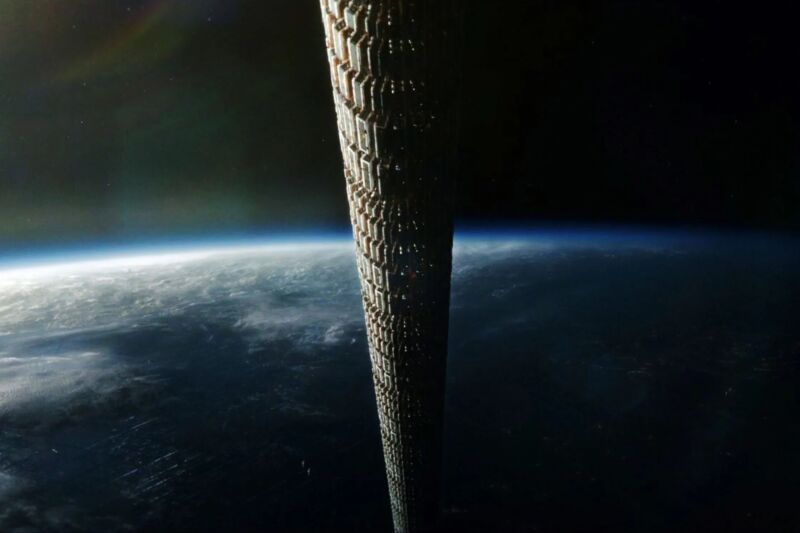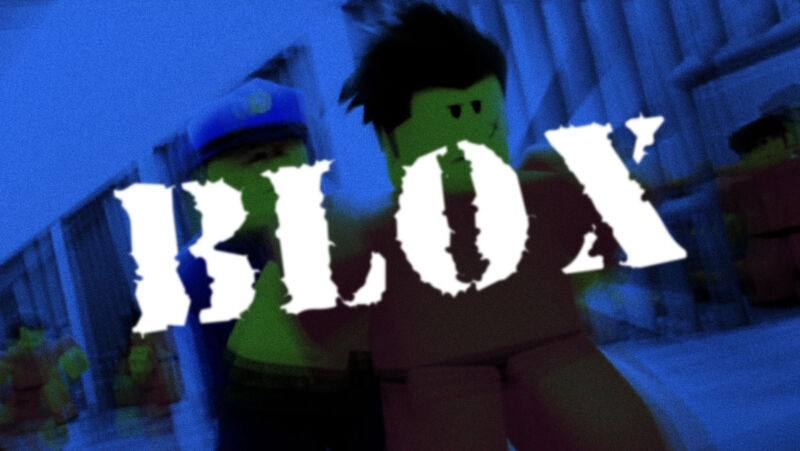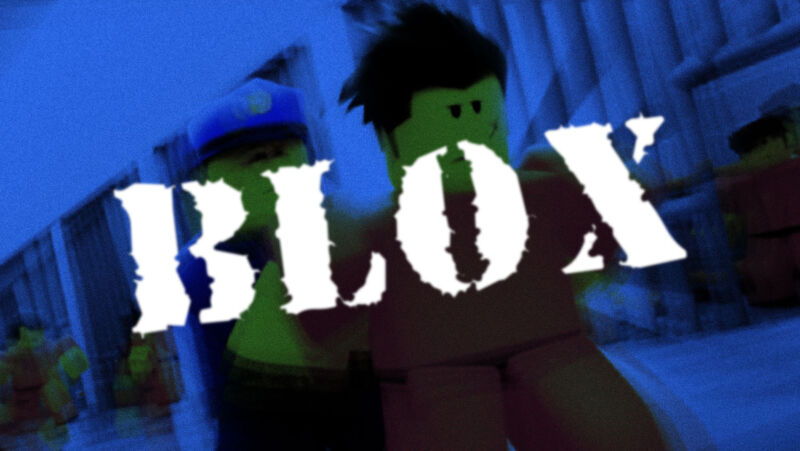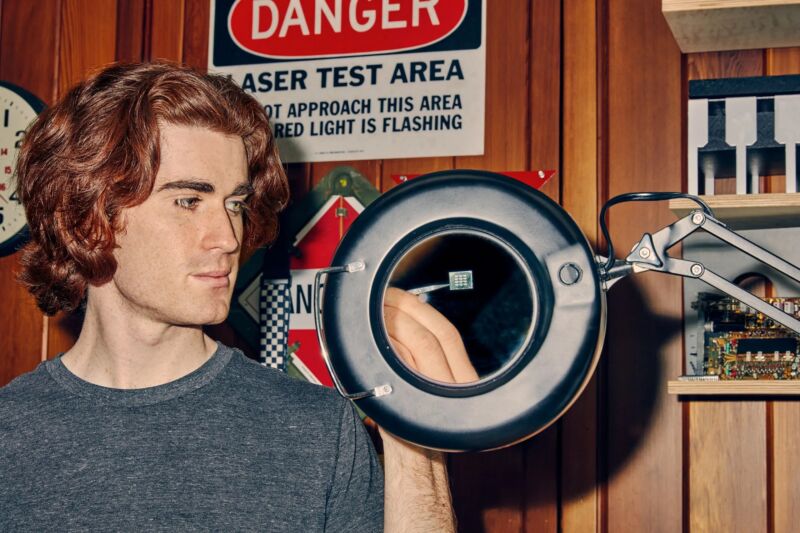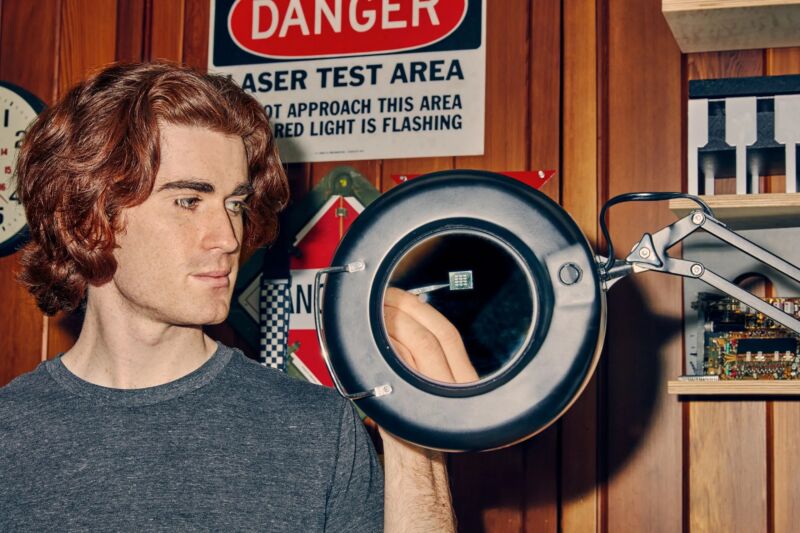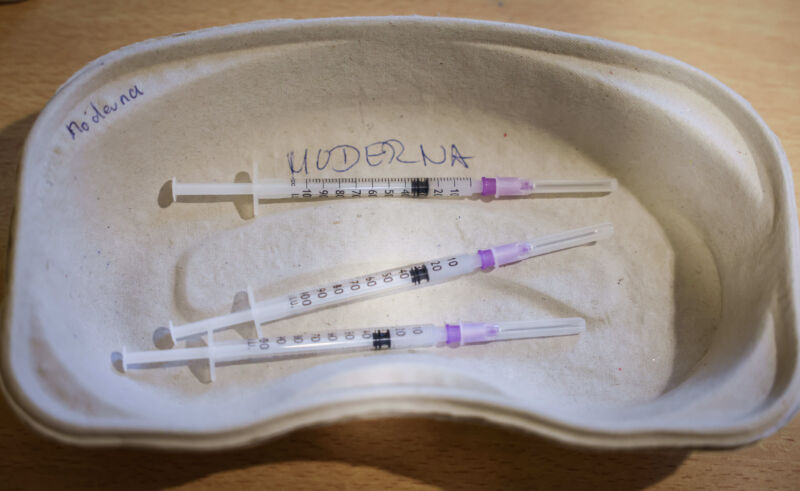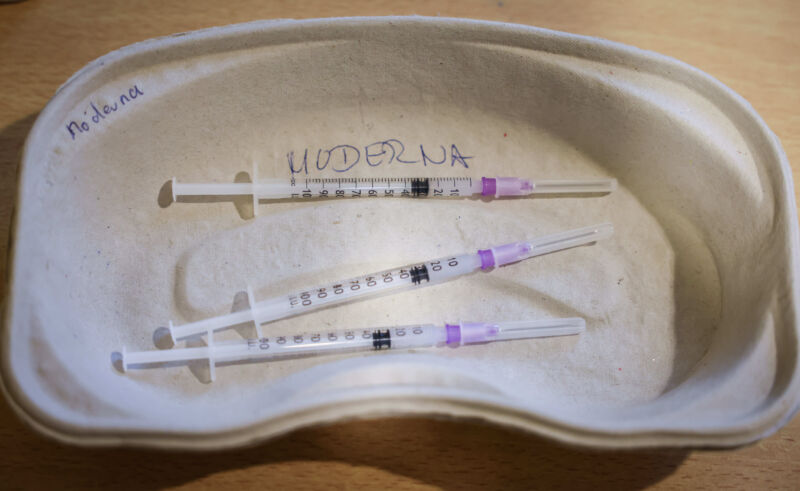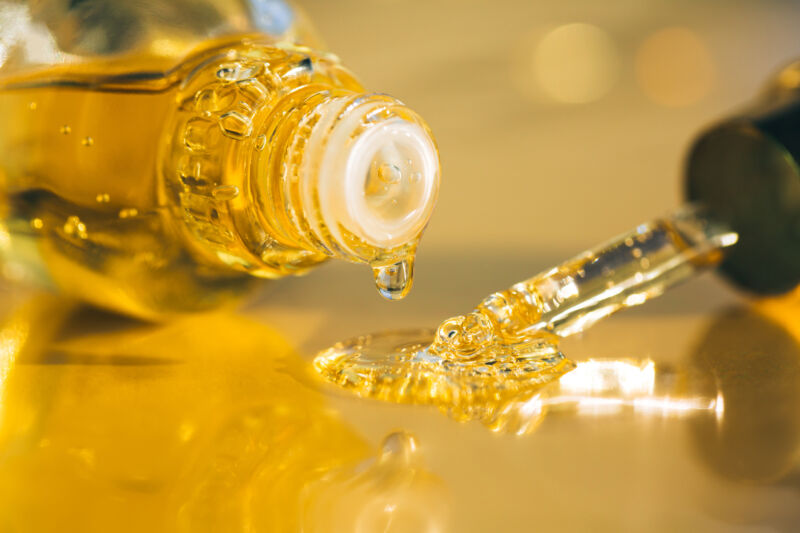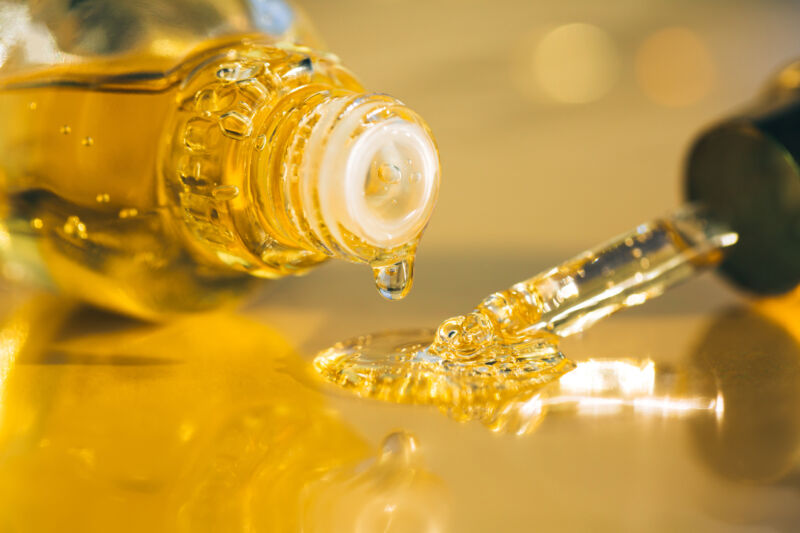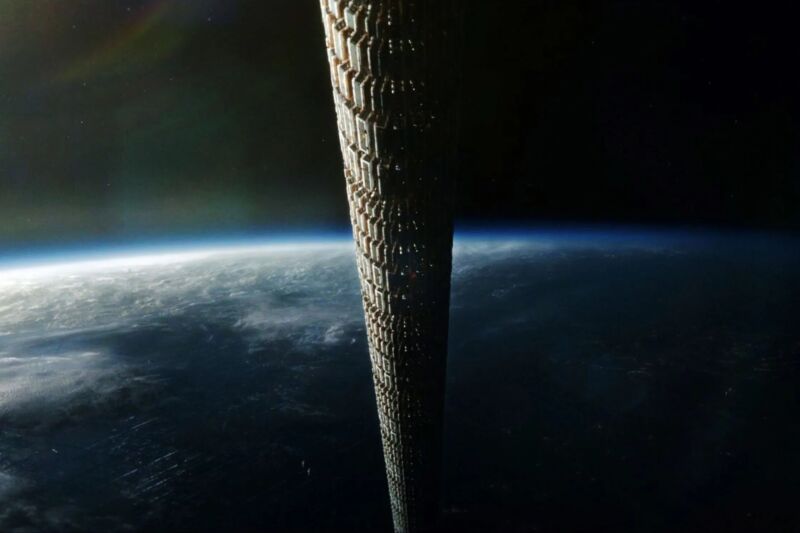
Enlarge (credit: TCD | Prod.DB | Apple TV+/ | lamy)
In the first episode of the Foundation series on Apple TV, we see a terrorist try to destroy the space elevator used by the Galactic Empire. This seems like a great chance to talk about the physics of space elevators and to consider what would happen if one exploded. (Hint: It wouldn’t be good.)
People like to put stuff beyond the Earth’s atmosphere: It allows us to have weather satellites, a space station, GPS satellites, and even the James Webb Space Telescope. But right now, our only option for getting stuff into space is to strap it to a controlled chemical explosion that we usually call “a rocket.”
Don’t get me wrong, rockets are cool, but they are also expensive and inefficient. Let’s consider what it takes to get a 1-kilogram object into low Earth orbit (LEO). This is around 400 kilometers above the surface of the Earth, about where the International Space Station is. In order to get this object into orbit, you need to accomplish two things. First, you need to lift it up 400 kilometers. But if you only increased the object’s altitude, it wouldn’t be in space for long. It would just fall back to Earth. So, second, in order to keep this thing in LEO, it has to move—really fast.


